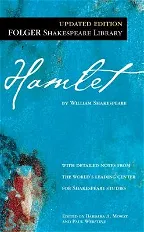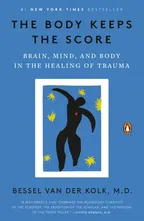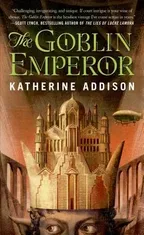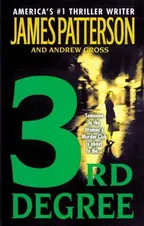Ritu Sharma
(Author)Family and Social ChangePaperback, 16 January 2020
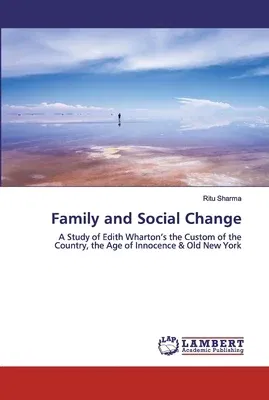
Qty
1
Turbo
Ships in 2 - 3 days
In Stock
Free Delivery
Cash on Delivery
15 Days
Free Returns
Secure Checkout
Print Length
188 pages
Language
English
Publisher
LAP Lambert Academic Publishing
Date Published
16 Jan 2020
ISBN-10
6200503567
ISBN-13
9786200503565
Popular Books
Ships in
Description
Product Details
Author:
Book Format:
Paperback
Country of Origin:
US
Date Published:
16 January 2020
Dimensions:
22.86 x
15.24 x
1.09 cm
ISBN-10:
6200503567
ISBN-13:
9786200503565
Language:
English
Pages:
188
Publisher:
Weight:
281.23 gm





